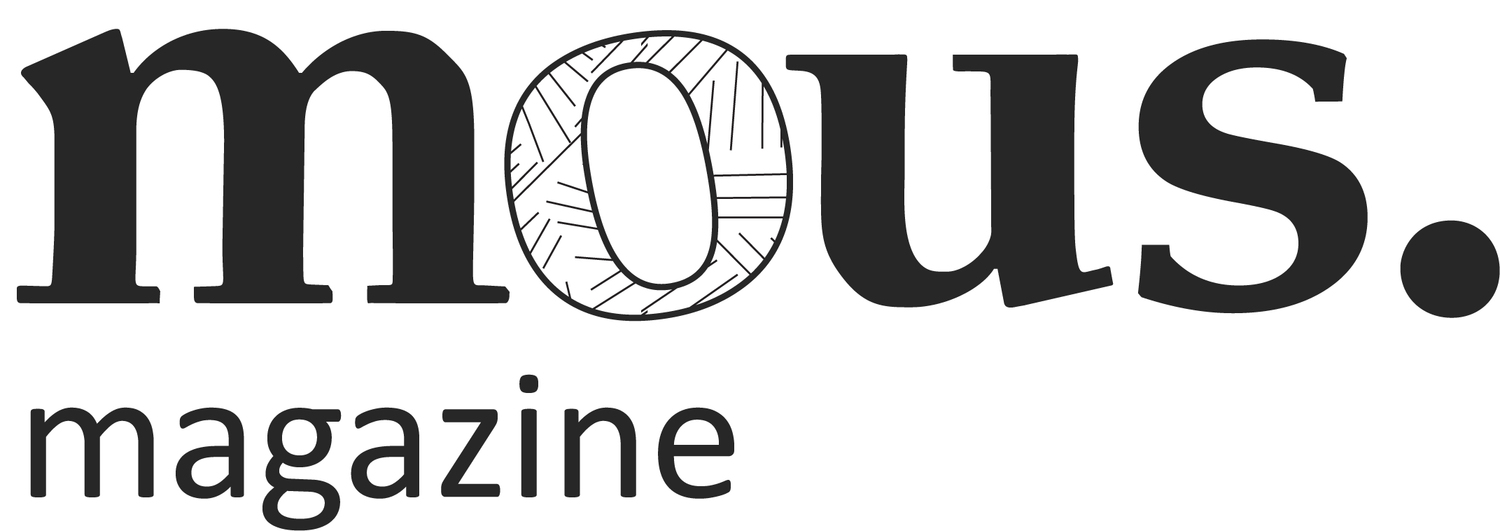/create/
Last Monday I ducked into Curtin House in the Melbourne CBD to check out Deep Space House Plant, local illustrator Ashley Ronning’s first solo exhibition. The pieces, housed in illuminated boxes on the wall of the Rooftop Bar & Cinema, detail a murder mystery that takes place on an interstellar space station: six astronauts have disappeared and some suspicious activity seems to have taken place. In Ashley’s own words, “there is a mysterious quality that hangs in the air of each illustration, and little clues about what may have happened”. I was able to have a chat to Ashley at the launch and she indulged some of my curiosities.
For me, the colour scheme of Deep Space House Plant is its most eye-catching feature: the sequence primarily features dark blues, milky greens and fluorescent pinks. The ethereal quality of the works is due to their nature as risograph prints: riso is an environmentally friendly method of printing that effectively bridges the gap between photocopying and commercial printing. It’s economical and produces a very distinctive look; like Ashley, many artists whose method involves riso choose bright, fluorescent inks. Regarding her prevalent use of the pink that characterises a lot of her work, Ashley mentioned that she loves to use it because it’s a colour that is very typical of the riso process.
When I asked Ashley what inspired Deep Space House Plant, she revealed that the influences for this particular project were quite eclectic. In terms of films, Ashley was inspired by Silent Running, 2001: A Space Odyssey, La Planete Sauvage, and The Holy Mountain. The sci-fi novel The Forever War impacted the darker illustrations, and Murakami novels like Kafka On The Shore and 1Q84 lent some whimsical energy to other pieces in the sequence. The work of artists like Lily Padua, Ebony Eden, and Emily Floyd also provided inspiration. In Ashley’s words, “I also got a huge amount of creative energy for this project from reading about the Mars One mission—and I found out that I am one centimetre within the minimum height range you need to be an astronaut!”
I asked Ashley if the installation was sequentially oriented, and she said that she put the pieces that make up Deep Space House Plant in order of “least to most chaos”. As the exhibition was designed to depict security camera footage of the space station, the illustrations progress from calm ‘shots’ of fictional botanical specimens to wild frames of plants and personal possessions flying about in zero gravity, an arrangement that shows the station slowly spiralling out of control. A cool little Easter egg that Ashley hid within the exhibition was an illustration of fictional computer code located in a box below eye level. “I wanted that one to be like a little secret”, she said.
When I asked Ashley whether she was planning to continue Deep Space House Plant as a series, possibly to further illuminate details of the murder mystery, she said that she wouldn’t; however, she assured me that she will always be touching on its themes in her work, for which astronomy, biology and botany provide huge amounts of inspiration. She runs a website at ashleyronning.com where you can check out her other work.
**We've just found out that Ashley's exhibition has been extended for two weeks! You can check out her work at Curtin House until the 28th of February. **





